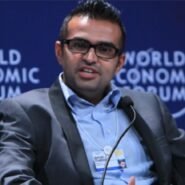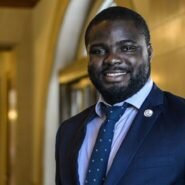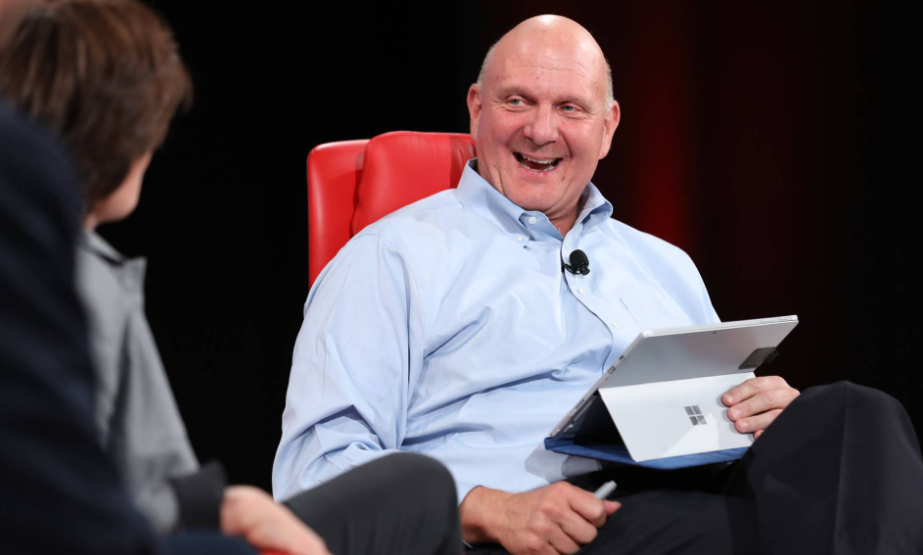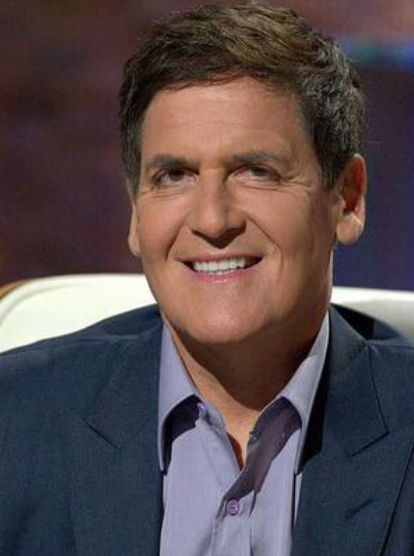Steven Anthony Ballmer (born March 24, 1956) is an American businessman and investor who served as chief executive officer of Microsoft for fourteen years from 2000 to 2014. Ballmer is the current owner of the Los Angeles Clippers of the National Basketball Association (NBA). In July 2020, Forbes estimated his personal wealth at $71.4 billion, ranking him as the eleventh richest person in the world.
Ballmer was hired by Bill Gates at Microsoft in 1980 and subsequently left the MBA program at Stanford University. He eventually became president in 1998 and succeeded Gates as CEO on January 13, 2000. On February 4, 2014, Ballmer retired as CEO and resigned from the board of directors on August 19, 2014, to prepare to teach a new course.
On May 29, 2014, Ballmer made a $2 billion bid to buy the NBA’s Los Angeles Clippers after NBA commissioner Adam Silver forced Donald Sterling to sell the team. He became owner of the Los Angeles Clippers on August 12, 2014. Microsoft co-founder Paul Allen was also an NBA owner, having owned the Portland Trail Blazers since 1988.
His tenure and legacy as CEO of Microsoft have received mixed reviews. While the company tripled its revenue and doubled its profits under his leadership, it lost market dominance and missed key 21st-century technology trends.
Ballmer joined Microsoft on June 11, 1980, becoming the company’s 30th employee and the first business manager hired by Gates.
He was offered a salary of $50,000 and a 5–10% stake in the company. When Microsoft incorporated in 1981, Ballmer owned 8% of the company. In 2003, Ballmer sold 39.3 million Microsoft shares, worth about $955 million, reducing his stake to 4%. That same year, he replaced Microsoft’s employee stock option program.
Over the 20 years following his hiring, Ballmer led several divisions at Microsoft, including operations, operating systems development, and sales and support. Starting in February 1992, he served as executive vice president of sales and support. He led Microsoft’s development of the .NET Framework. Ballmer was later promoted to president of Microsoft, a title he held from July 1998 to February 2001, making him the de facto number two at the company after chairman and CEO Bill Gates.
On January 13, 2000, Ballmer was officially named CEO. As CEO, Ballmer managed the company’s finances and daily operations, while Gates remained chairman of the board and retained control of the company’s «technology vision» as chief software architect. Gates stepped away from day-to-day activities in 2006 when he left the role of chief software architect but remained chairman, giving Ballmer the autonomy to implement major changes in Microsoft’s management.
When Ballmer became CEO, the company was battling an antitrust lawsuit brought by the U.S. government and 20 states, in addition to class-action lawsuits and complaints from rival companies. While it was said Gates would have continued fighting the lawsuit, Ballmer prioritized resolving it, stating: “Being sued, effectively, or having a complaint from your government is a very awkward position. It just has all downside. People assume that if the government files a complaint, there must be a problem, and your ability to say we’re a good, proper, and moral place is hard. It really is hard, even if you feel that way about yourselves.”
Ballmer focused on approving fewer products, rather than allowing hundreds of potentially trendy or interesting ones. In 2005, he recruited B. Kevin Turner from Walmart—who had been president and CEO of Sam’s Club—to become Microsoft’s chief operating officer. Turner was brought on to lead Microsoft’s sales, marketing, and services group and to instill more process and discipline into the company’s operations and sales force.
After Bill Gates retired, Ballmer oversaw a dramatic shift in the company’s legacy from the personal computer, replacing most of the senior division heads to break up “talent-hoarding fiefdoms,” and Businessweek stated that the company “may now have the best product lineup in its history.” Ballmer was instrumental in advancing Microsoft’s connected computing strategy, including acquisitions such as Skype.








